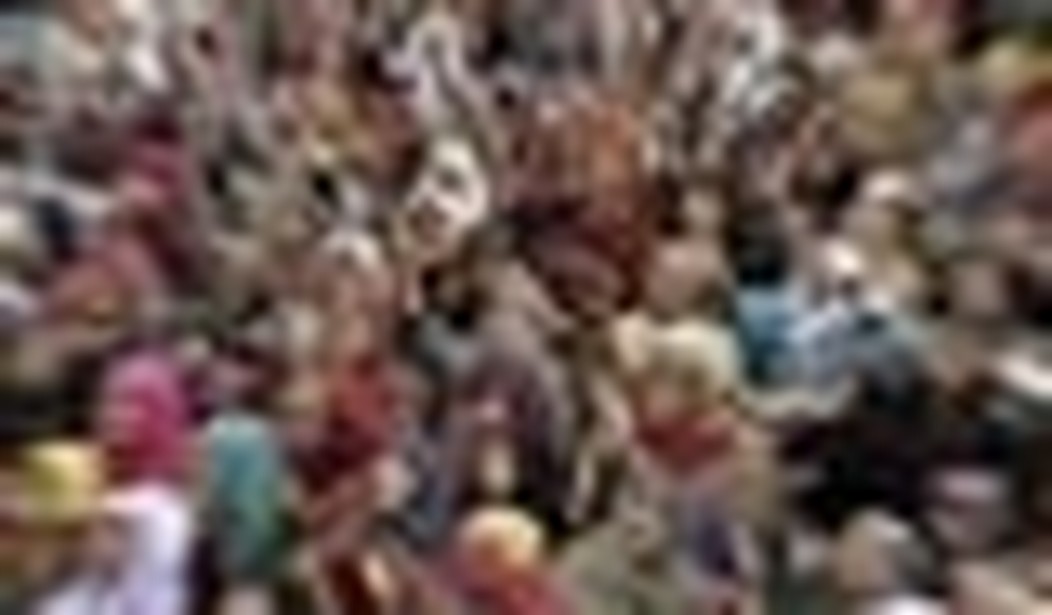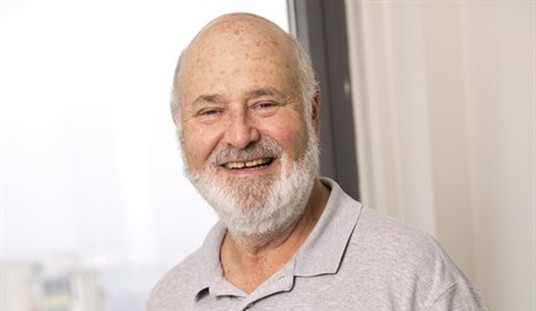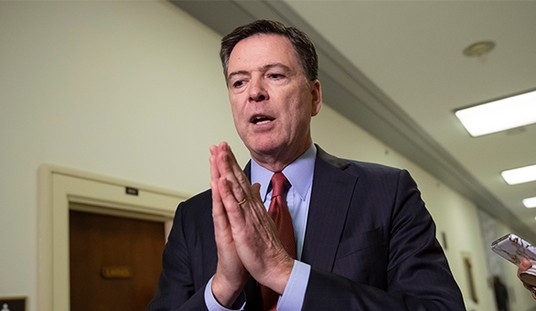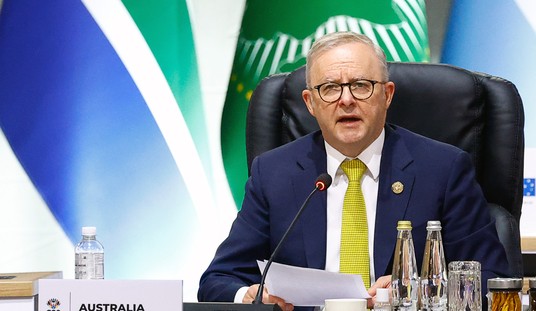Headlines touted the “news” that world population had reached seven billion on October 31 — although the more sophisticated reports made clear that no one knows how many people there are on Earth accurately enough to say which month, let alone which day, world population will or did become seven billion.
There is no doubt that world population is still growing, although more and more slowly, and that it is now about seven billion. It was about six billion at the beginning of this century, and one billion at the beginning of last century. But the real news about world population is that unless there is a big change in human behavior, the long increase in world population will come to an end in this century.
The real shock to all of us who have become used to an ever-growing population: when population growth comes to an end, it will not be followed by a more or less level world population. Almost as soon as growth stops, decline will begin. If present behavior patterns continue, the population declines that have already begun in Japan and a few European countries will spread throughout the world. In China, for example, so few women have been born lately that the Chinese population can be expected to decline by hundreds of millions by the end of this century.
For the really long run, we have to recognize that we can’t know whether we should worry about too many people or too few. It all depends on how many children future people decide to have. If the average woman has 1.7 children as women now do in half the world, then world population will decline until humans disappear from the Earth — or, more likely, until women start having more children. If women begin acting more like they did in earlier and different times, choosing to have on average 25% more children, the world population will start growing again.
What we do know now is that for the first time in human history changes are taking place in the way ordinary people live. In the past, before 1800, history was the story of small elites. The basic way of life of ordinary people never changed. The biggest change was from hunter-gatherers to farmers and herdsmen. This change, which took thousands of years, made civilization possible, but civilization mostly affected only a small share of people. The health and life expectancy of the great majority of people wasn’t changed by the inventions of agriculture. Almost everybody lived in dirty, crowded, and unhealthy conditions and worked outdoors with their backs and muscles. The mass of people had little choice or change in their lives, were ignorant, and were dominated by nature.
We are living in the first period in human history when the living conditions of the billions of ordinary people are undergoing drastic change. In my new book, History of the Future, I define “modern” as the condition of the twenty-odd leading countries today, all of which are societies where information and ideas have become more important than things. The basic fact about the world today: we are living through the middle of the world’s passage from the way it was since human society began to the kind of life we have come to know in modern countries. The citizens of countries like the United States, Sweden, and Japan are the advance party, as the whole world moves to modern life over the next few centuries.
In the modern world, wealth and power can come only from a creative free citizenry. No country can build success on the basis of assembly lines, much less peasantry. In modern countries the ordinary person needs skills and talents to deal creatively with ideas and personalities — to communicate and earn trust. This is an entirely different world than the worlds of the past.
This is not an optimistic picture of the future. It is a realistic description of what is happening. And it recognizes that there are still centuries of anguish before the modern world is achieved. More importantly, the benefits of modernity — although great — do not come for free. Looking ahead to the modern world, we see much to fear despite the spread — from the already modern regions — of wealth, freedom, and peace to the rest of the world. Modern technology may bring us temptations to change ourselves in ways that threaten our humanity. Wealth, freedom, and peace remove much of the adversity that shaped character in traditional worlds. The decadent and unhappy wealthy families we see around us today are a warning of the challenges to human goodness and happiness that will be central to the modern world. We can see glimpses of this today in the history of the already modern countries.
In the last century world population grew by six times. In this century it will not even double, and at the end will be declining. Despite our experience with increasing resource abundance, those who try to spread the fear of famine and limits to growth are still seeking to frighten us with apocalyptic scenarios.









Join the conversation as a VIP Member